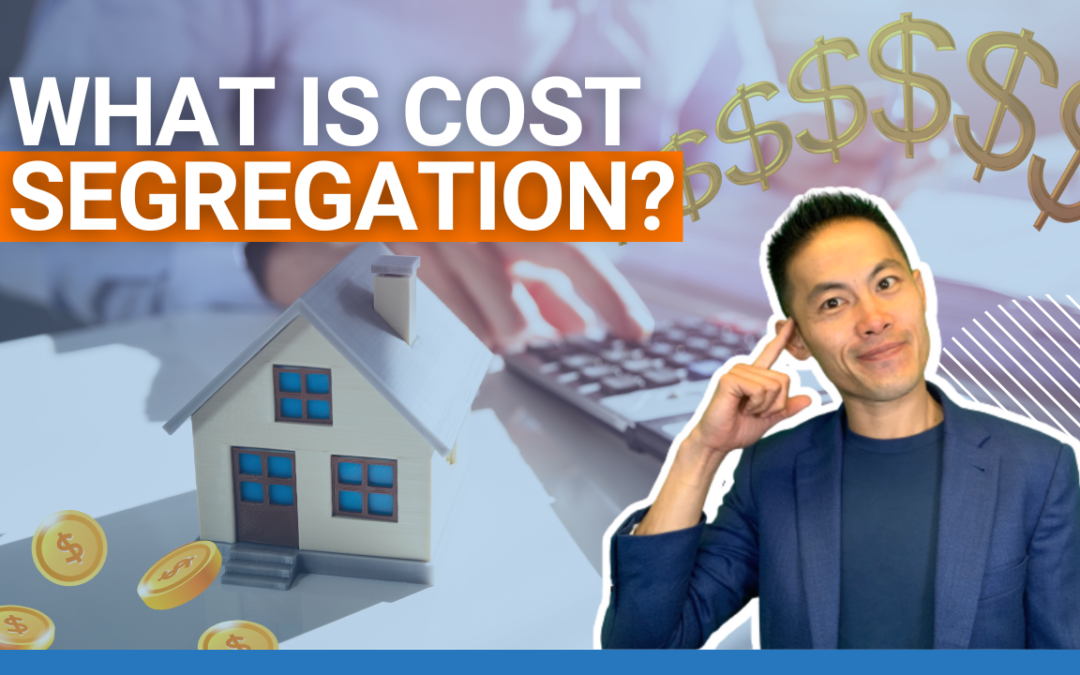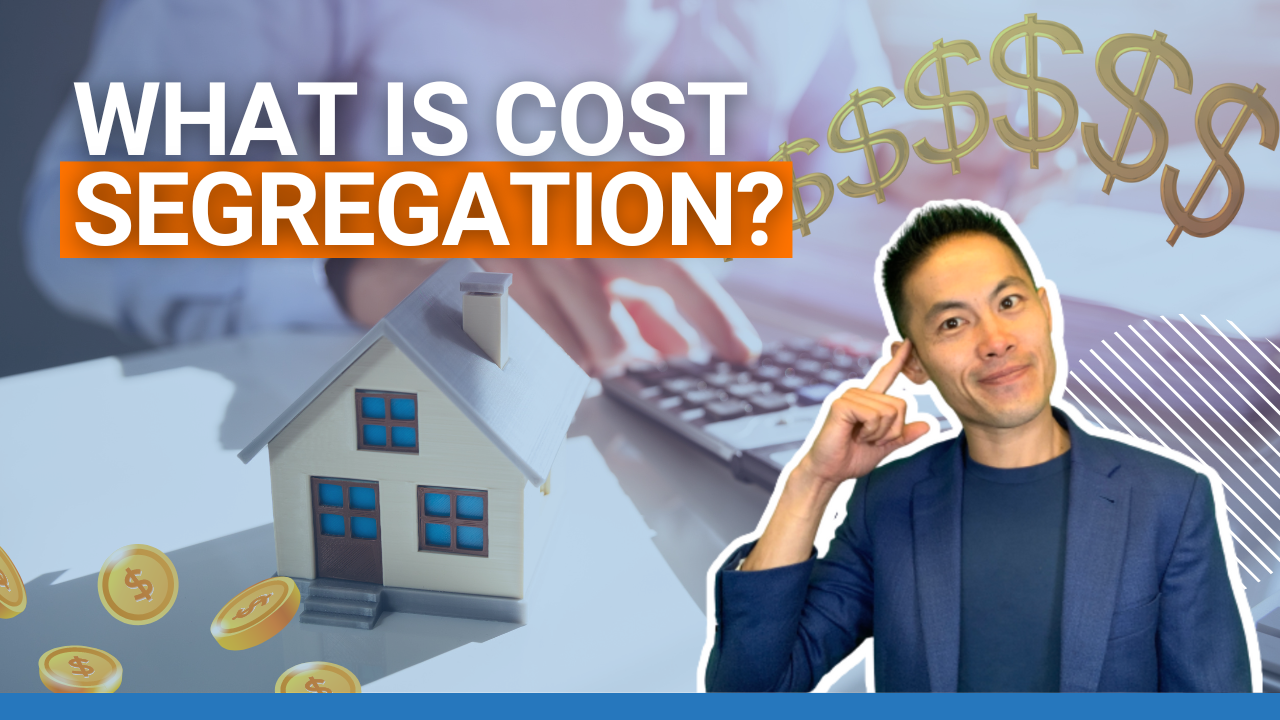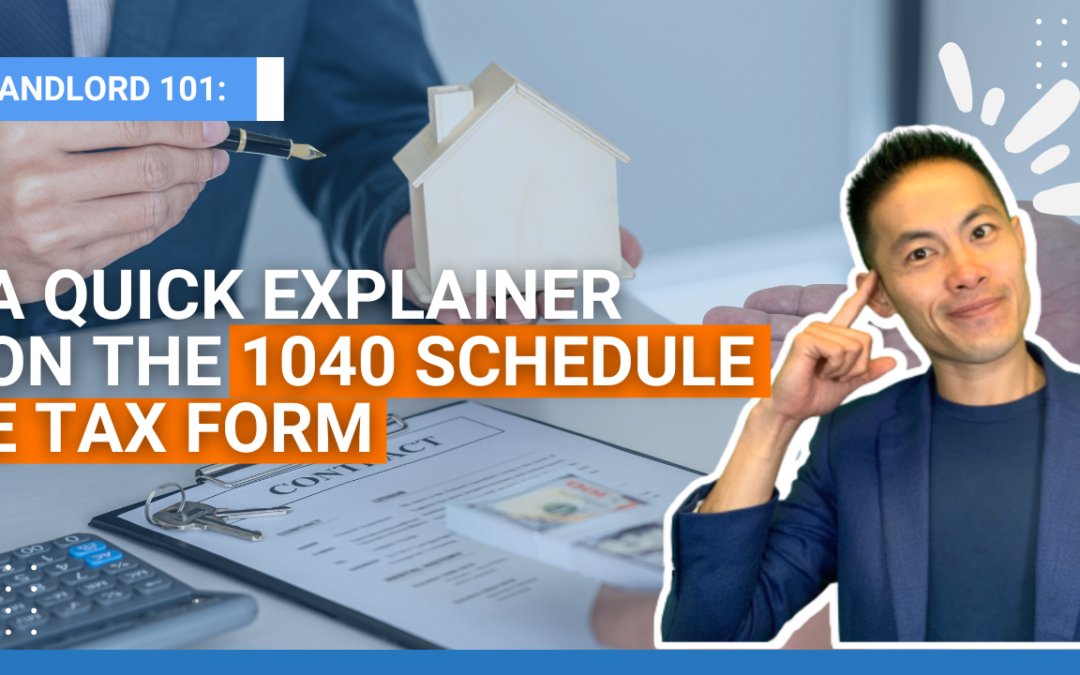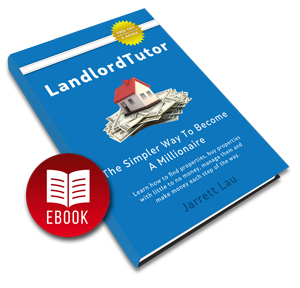
What Is Cost Segregation?

When owning investment properties, one of the best things you can do for yourself is to take advantage of cost segregation.
Learn the taxation benefits of using cost segregation in this article.
The Best Kept Secret in Owning Investment Properties
Cost segregation is when the US government allows you to depreciate your property over 27 1/2 years equally to entice you to buy an investment property
If you are about 100% of that property, divided by 27 1/2 years, that’s 3.63%. Let’s use some basic math for a moment.
You buy a property for $1,000,000. Typically in Massachusetts, the building that the land sits on is worth about 60%, and the land is worth about 40%. So let’s call it a $600,000 building.
That $600,000 building can be depreciated over 27 1/2 years at 3.63%. If you do the math, that is about $18-19,000.
The cool thing is that if you make, let’s say, a net of $1000 a month after the rents come in and all expenses. You can deduct that 18-19,000 from that $12,000 and have a net pay per loss.
That means you still made the money in your pocket.
But the US government will not tax you on that income. Rather, if you are an active investor, they will allow you to write that off on your income which means you lower.
Imagine if you did that times 5, 10, or 15 buildings and you don’t make that much on your salary job and you can write it off and not pay any taxes. It’s pretty crazy. Even if you have a loss during the year with capital improvements or renovations.
Again, I’m not a CPA. So you want to talk to a financial advisor and a CPA about exactly how to do this.
Why Use Cost Segregation
What cost segregation does is that flat line of 27 1/2 years of 3.63%. For example, I pay your company a set amount to do a cost segregation analysis.
You will figure out what parts of my building can be depreciated earlier on in the process. So, maybe cabinets can depreciate in year one and flooring in year two.
And it’s will bump up the amount of depreciation I get at the beginning and lower it at the end. In the end, though, it’s the same amount as that 27 1/2 years.
So for example, I saved over $150,000 with cost segregation in one year because I was able to expedite it. I was able to push it from when I’m perhaps not making as much on my property and making more as a salaried, younger gentleman.
And later on, when I am retired and the property’s not making it, then I might not need as much, right? But at the beginning, I need all the write-offs I can get.
So this is one of the reasons why I buy investment properties. It’s for cost segregation.
The Landlord Tutor Promise
To know more about buying investment properties and reaping the benefits of taxes and cost segregation, join the Landlord Tutor community and sign up here.







